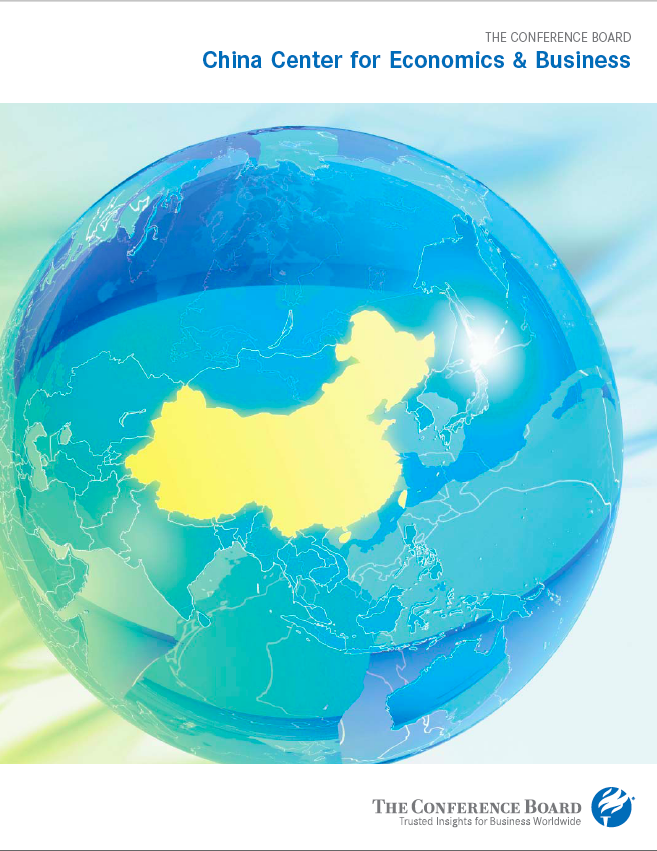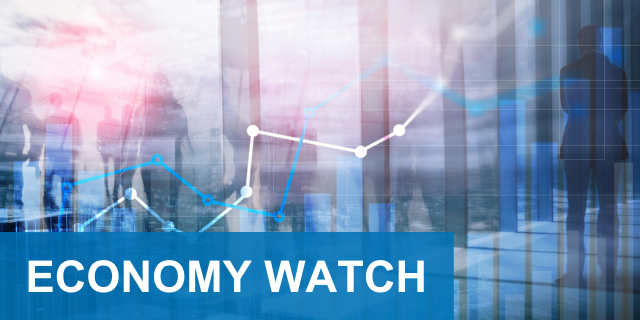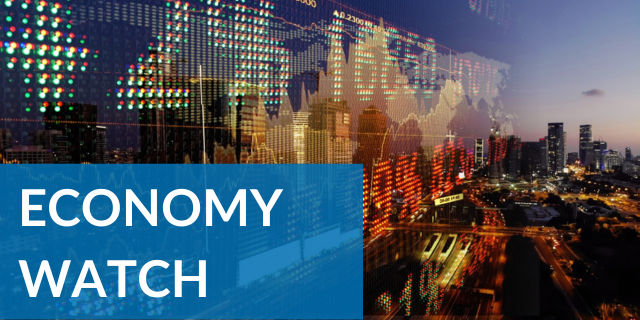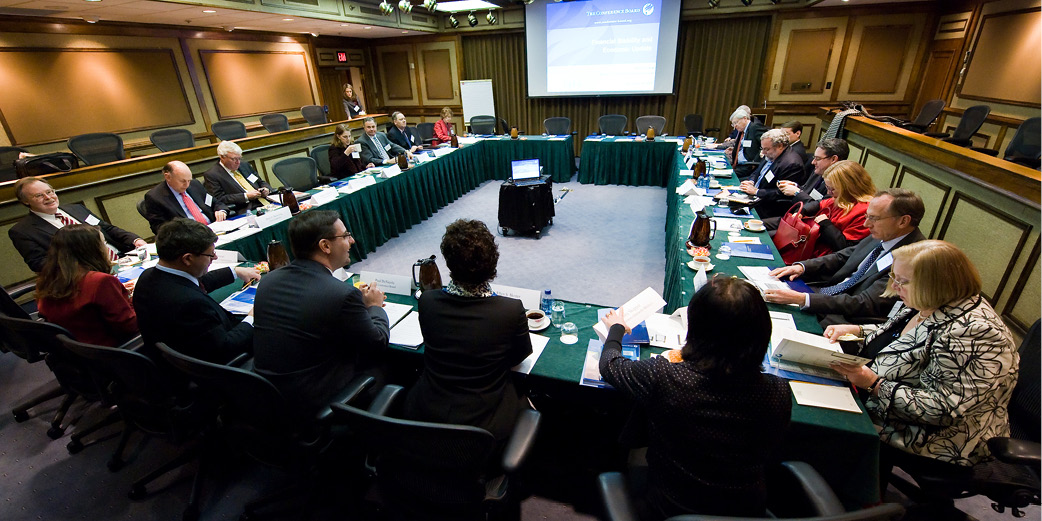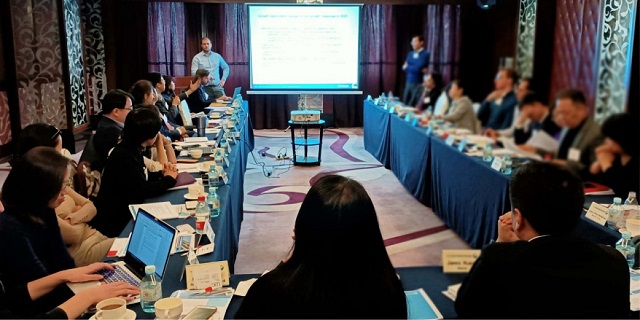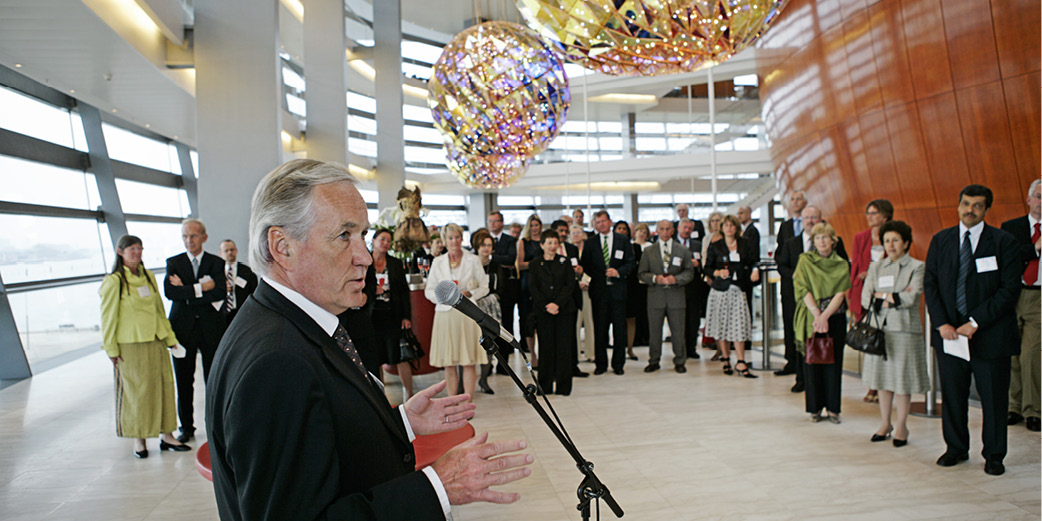This China Center members-only report provides interpretive comments on The Conference Board Leading Economic Index® (LEI) and The Conference Board Coincident Economic Index® (CEI) for China.
The LEI for China expanded 1.5 percent in April from the month before, but the short-term trend in LEI growth remains on a downward path. The six-month growth rate fell to 5.2 percent in the six-months-to-April, down from a recent peak of 7.2 percent in the six-months-to-January.
- Weakness throughout the economy appears to be broadening, as only three of the six LEI components grew over the past six months. Furthermore, the drivers of LEI growth in April were concentrated in real estate activity and credit expansion, both of which are unlikely to continue supporting future growth prospects.
- Real estate activity has been volatile in recent months. April’s level of Floor Space Started stood below November’s level, despite being up from March. At the beginning of the year, many observers’ hopes of a rebound in Chinese growth were predicated upon a strong resurgence in the real estate sector. This resurgence has yet to emerge and, we contend, is unlikely to this year. After the leadership transition, China bulls postulated that the new government would blink on tight real estate policy as it is clearly one key component dampening headline growth. However, China’s leadership has not only resisted the temptation to ease policy in the sector, but has doubled down in recent weeks, indicating that administrative restrictions on purchases are here to stay, and will be strengthened if anything.
- As for credit creation, while this component continues to boost the LEI, indications from the past six months are that credit is increasingly being used simply to refinance old debt, and is thus associated less and less with new growth. Importantly, non-bank credit creation (loans not captured by the LEI) is growing at an even faster clip than bank loans, indicating that the overall credit intensity of growth is increasing even faster when these types of instruments are accounted for. Authorities have stepped up oversight of the shadow banking system in recent months, and the latest regulations are just beginning to impact credit markets. Thus, not only is new lending leading to less growth than it used to, but overall lending is also likely to slow throughout the rest of the year.
- Thus two of the major growth “drivers” in China are quickly becoming drags on growth, if not destabilizing forces in the economy – credit expansion and real estate. Still, it is important to note that pulling back on rampant credit growth and tamping down a potential real estate bubble are both vital policies for China’s long-term economic health. The upshot of all this is that growth is likely to continue slowing through the rest of the year, to an average 7.2 percent y-o-y for real GDP in H2 2013. As we’ve said repeatedly, slower growth should yield a healthier China, especially if it is coupled with policy support to affect much needed rebalancing and improved social sustainability.
